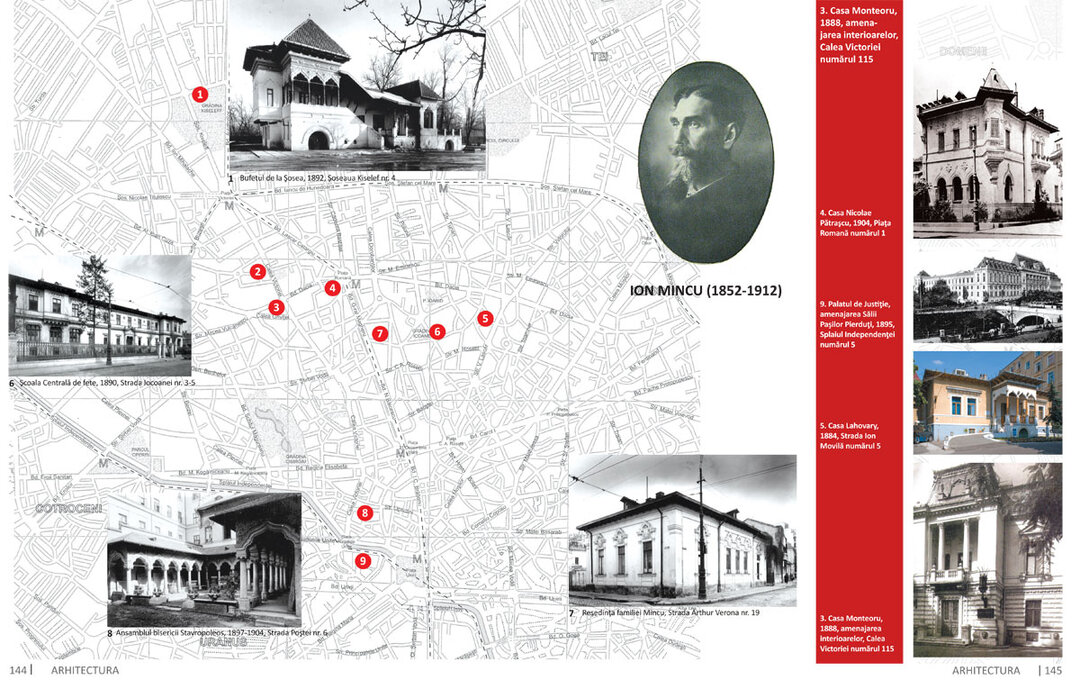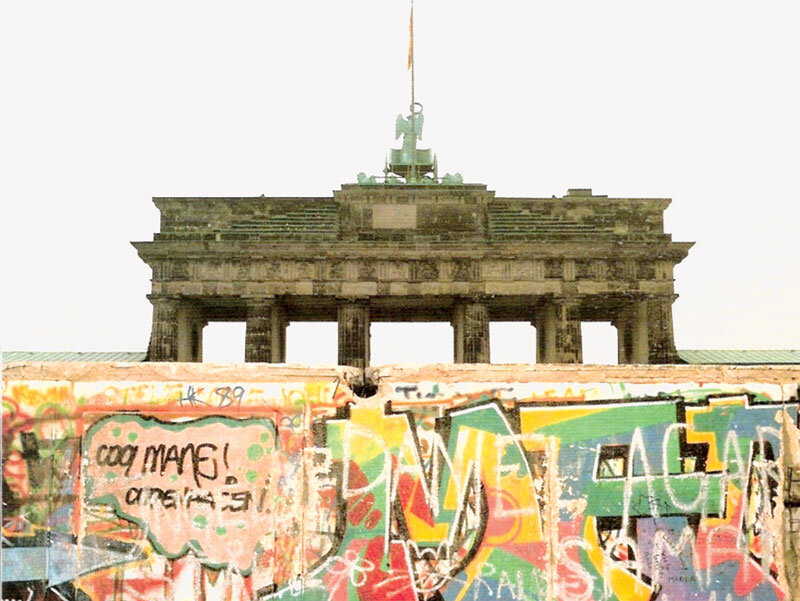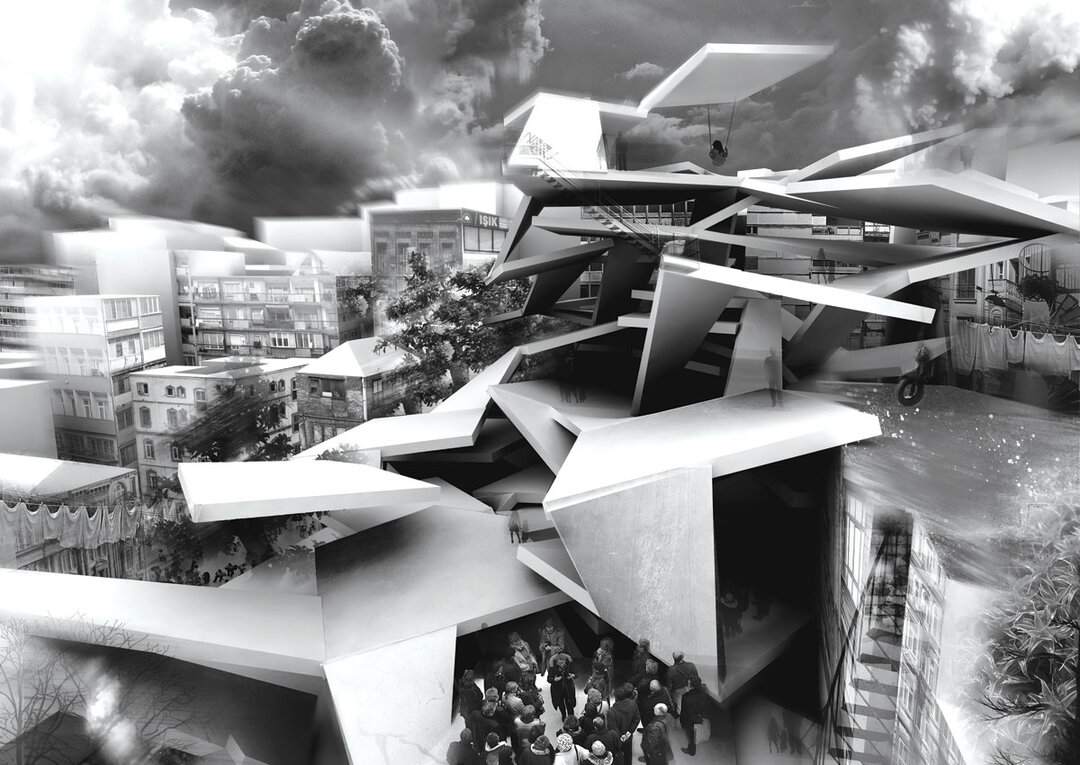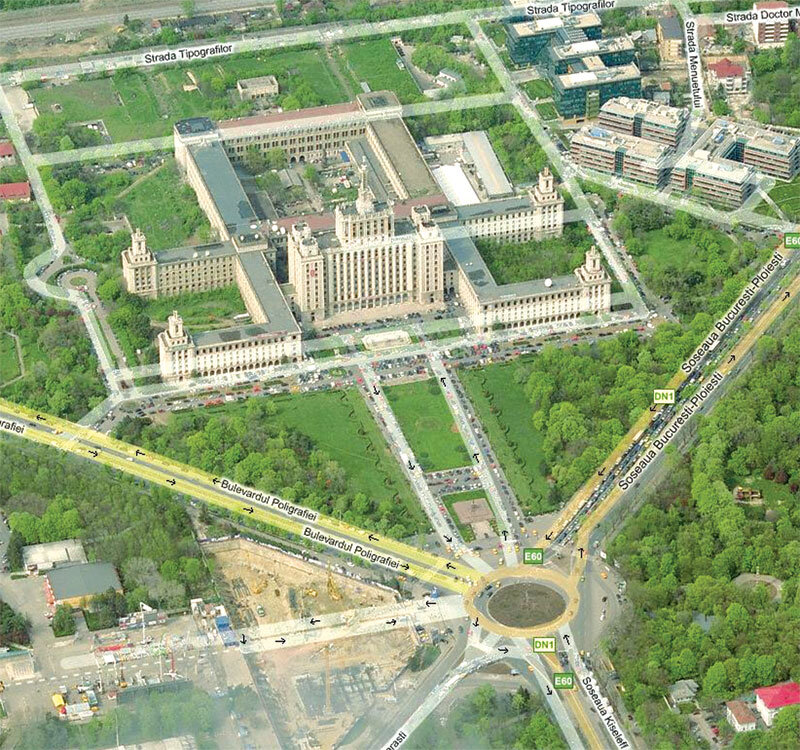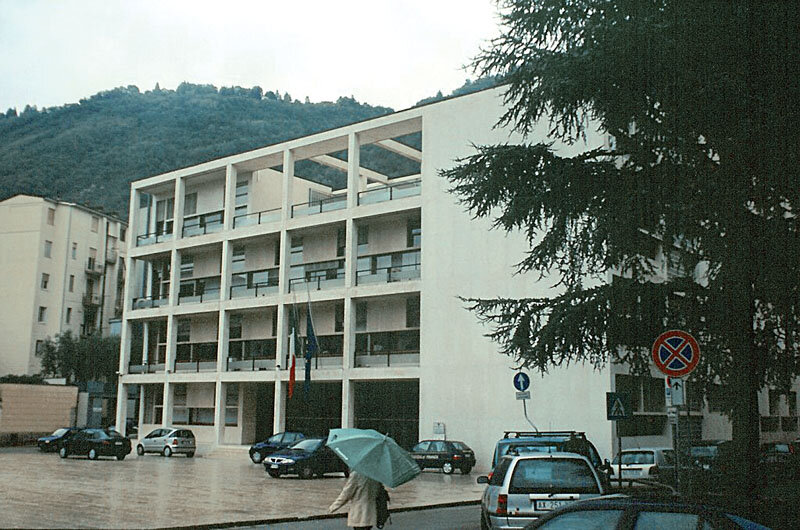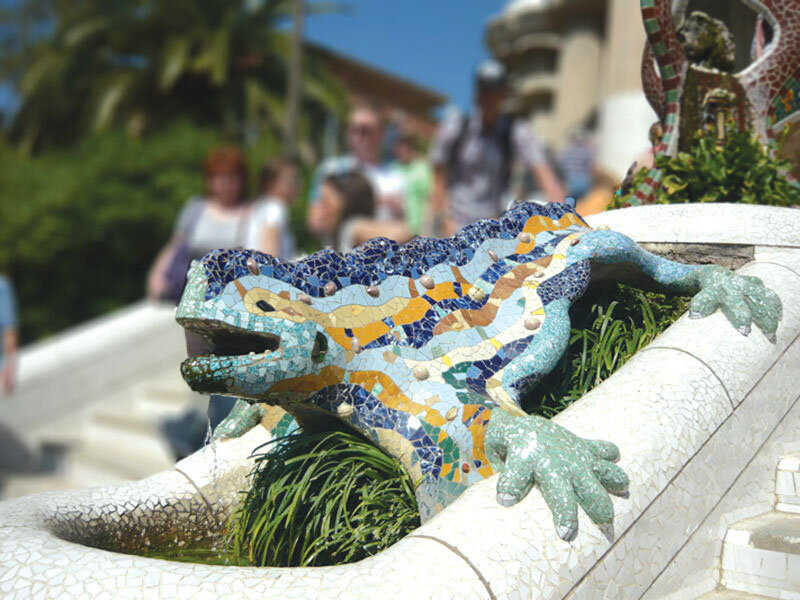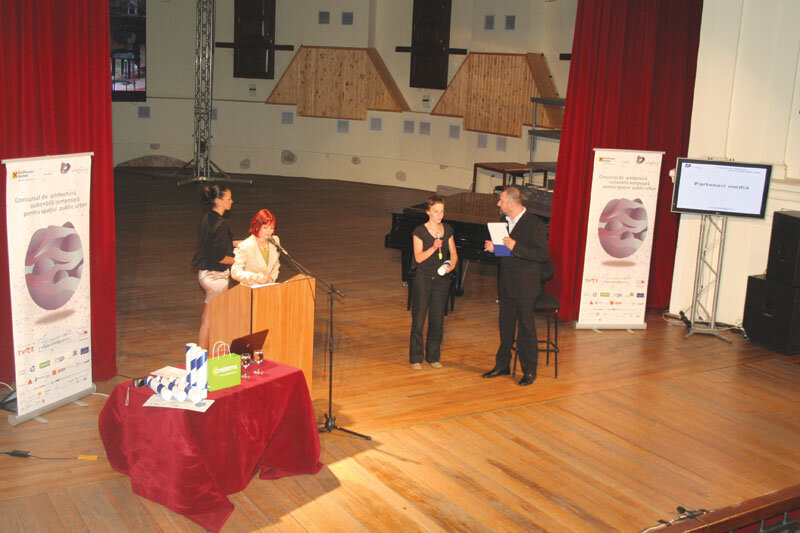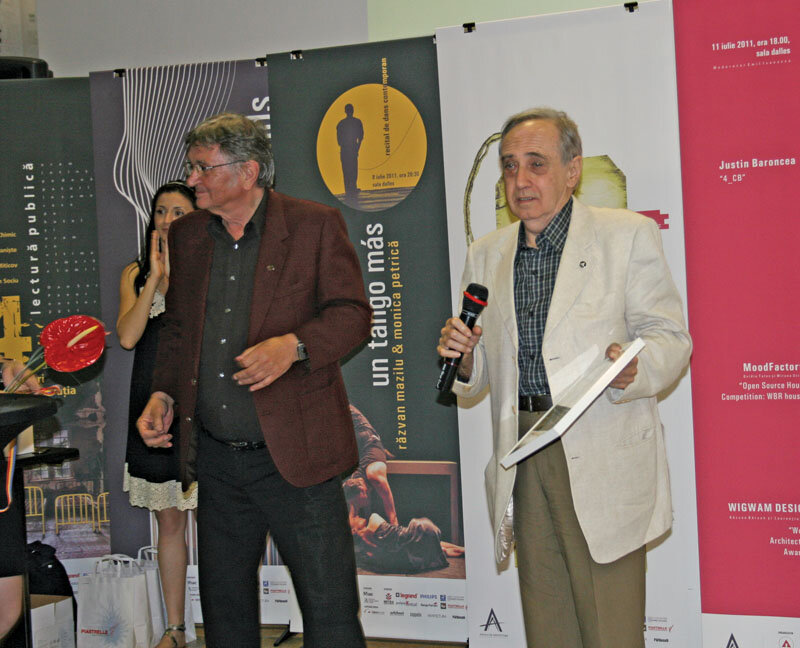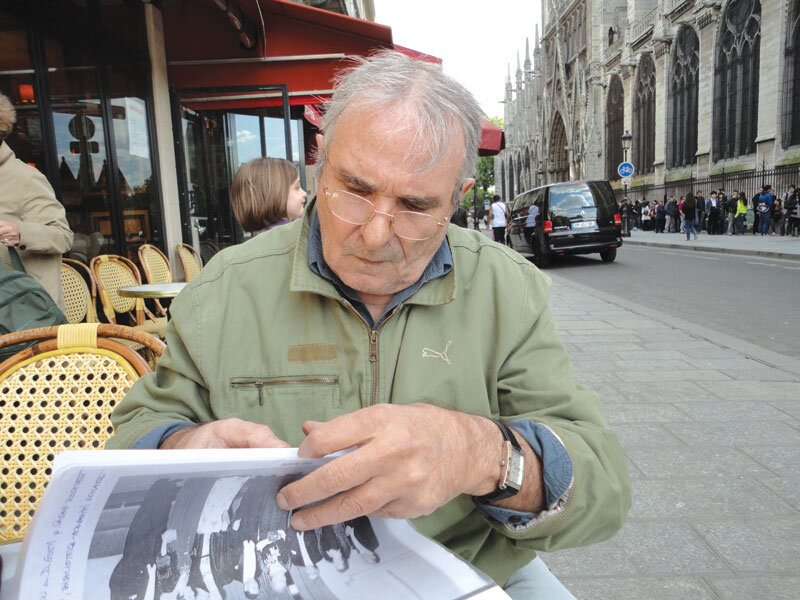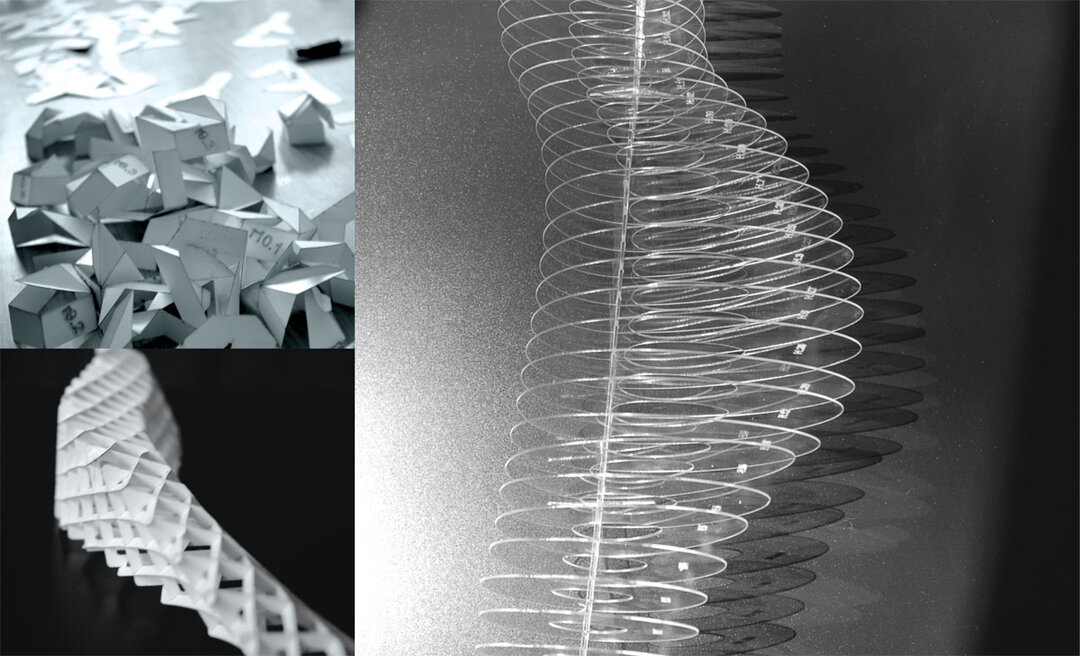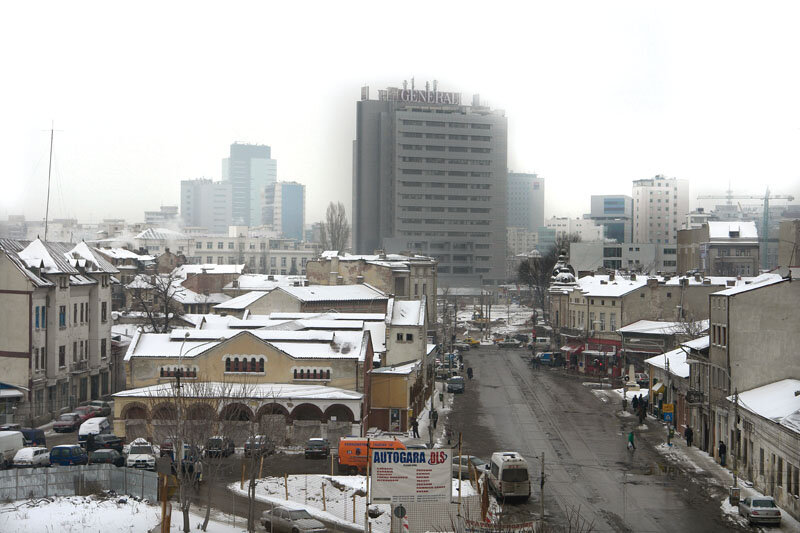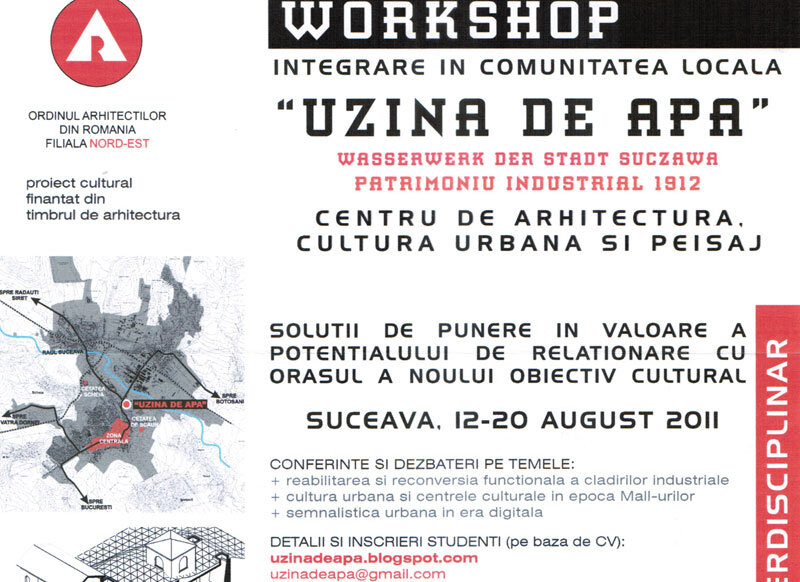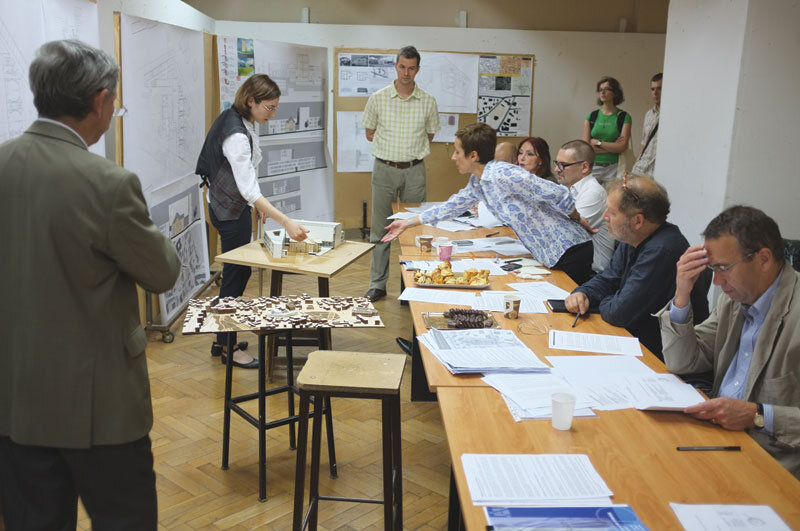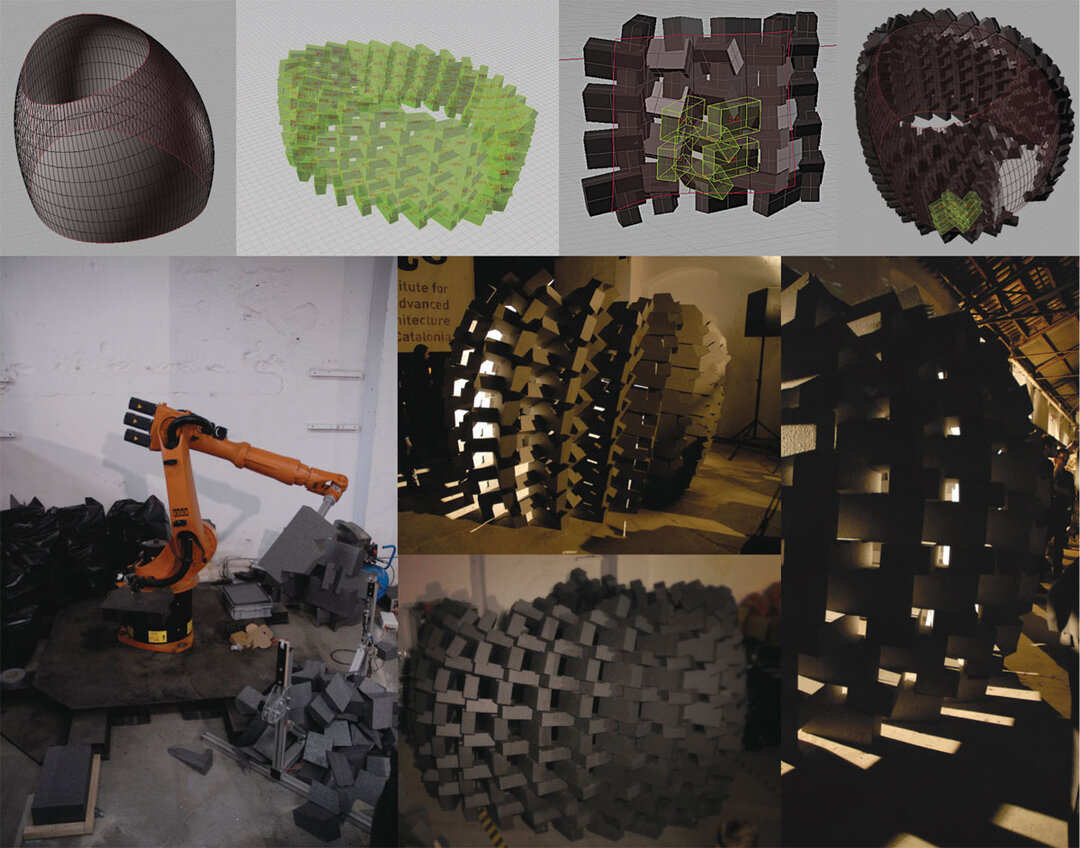
Fabricație digitală

capitol din volumul „Holocaust Gutenberg”
| Ion Buga este preot, profesor și eseist, membru al Uniunii Scriitorilor. A publicat până acum peste 20 de cărți, dintre care o treime traduceri, restul sunt eseuri de spiritualitate, exegeze biblice și jurnale de idei. „Jurnale metafizice” ar fi termenul potrivit. Cartea „Holocaust Gutenberg” narează odiseea Scrisului, adică a Faptului care-l scoate pe om din preistorie și-l plonjează în istorie. Cunoașterea ne scoate din Rai, dar ne deschide Împărăția.
Vasile Andru |
| Ion Buga is priest, professor and essay writer, member of the Romanian Writers’ Union. To date he has published more than 20 books, of which one third are translations, while the rest are essays on spiritual topics, Biblical exegeses and idea diaries. The more appropriate term would be „metaphysical diaries”. The book „Holocaust Gutenberg” narrates the Odyssey of Writing, i.e. of that Fact which takes man out of prehistory and plunges him into history. Knowledge banished us from Heaven, but opened up the Kingdom.
Vasile Andru |
| Cine călătorește în zorii abia mijiți ai unei zile senine în Egee, aplecat peste balustrada ce încinge vaporul alb ca o centură de mătase, va avea senzația clară că cea mai vastă și puternică realitate, singura și absolută, este cerneala. Pe această cerneală măreață și cumplită stă universul ca pruncul în perna de lichid amniotic, în pântecele maicii sale.Când cerul își ridica pleoapa nopții de pe ochiul de cobalt al zilei de septembrie uman, treceam prin dreptul Insulei Santorin și într-o secundă am fost transmutat, cu mulți ani în urmă, în sumbrul orășel transilvan Copșa Mică. Marea de cobalt și înfricoșătoarea insulă vulcanică – un peisaj pentru care nu se vor afla în lume cuvinte pe măsură, a redeschis adânc rana fumegândă a unei neguroase povești de flacără și tenebră.Cerneala, vopseaua creierului uman, curcubeul de pe cerul de cuvânt al lumii, deși a fost raza de lumină fără de care civilizația n-ar fi avut nicio șansă, ea poartă prin milenii o denumire sumbră: apa neagră – μελaν υδoϱ, precum îi spune Platon, primul care a luminat cu ea cea mai înaltă boltă a gândirii umane.
Citiți textul integral în 3 / 2011 al Revistei Arhitectura. |
| He who travels in the early dawn of a serene day in the Aegean Sea, lent over the parapet which girdles the white ship like a silk belt, will clearly feel that the vastest and most powerful reality, the one and only, is ink. In this grand, overpowering ink, the universe is nested like the fetus in the amniotic fluid of his mother’s womb.As the night sky was lifting its eyelid off the cobalt eye of the September day, I was passing next to the island of Santorini when I was all of a sudden taken many years ago, to the somber Transylvanian town of Copșa Mică. Thus, the cobalt sea and the frightening volcanic island, a landscape for the description of which no proper words can be found, ripped up an old wound and called to my mind a hazy story of flame and darkness.The ink, the paint of the human brain, the rainbow on the world’s word-made sky, despite being that ray of light in the absence of which civilization would not have stood a chance, has borne through the millenniums a dark designation, namely the black water – μελaν υδoϱ, as Plato, the first to light with it the highest vault of the human thinking, calls it.
Read the full text in the print magazine. |



